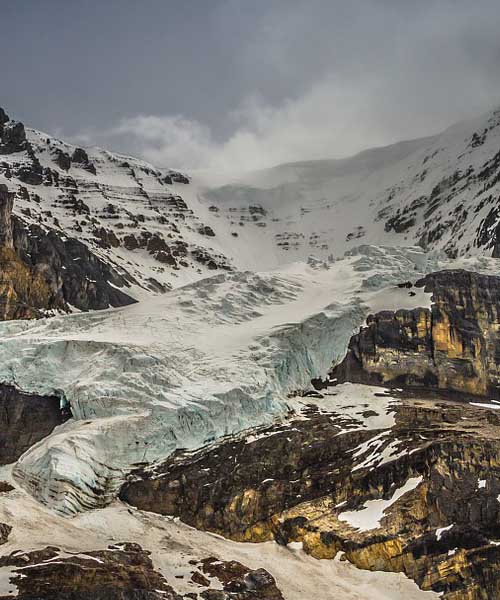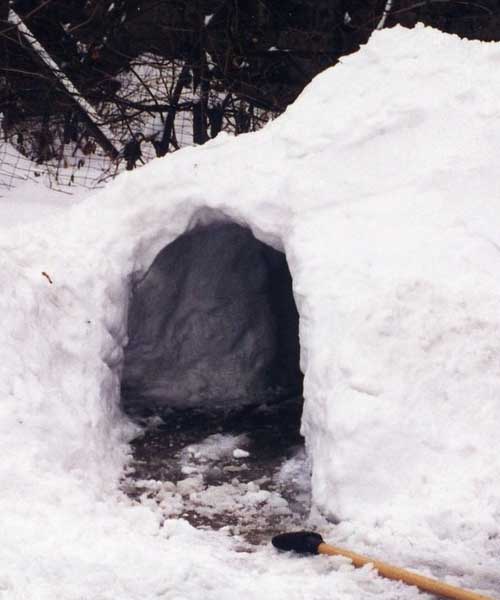
Over a ten year period in the US there were over 65,000 Search and Rescue missions, which included nearly 3,000 fatalities, and more than 20,000 injured people. One of the most savage conditions to survive through is cold weather, so we wanted to highlight some handy tips to how you can stay safe and warm during these climates.
Starting a Fire
First and foremost you need to possess the skills to start a fire, and you will see this as part of every manual and survival guide (not just cold weather). A fire can keep you warm, cook your food and give you a source of light in cold evenings. It also helps you purify water, dry and wet clothes and cleans dirty utensils.
However, it’s not just a case of rubbing two sticks together and all of a sudden you have a roaring camp fire on the go.

It’s true that these days you get fire starting kits which do take a lot of hassle out of the whole process, but just remember to test your kit out prior to heading off into know where. You need to make sure that it works, and that you can handle the worst of conditions (snow, rain, high winds etc).
As well as fire starter kits, it’s advisable to put a magnesium block in your bag. Why? These can be scraped into highly flammable tinder and best of all they are simple to ignite.
Cold Weather Shelters
After you know how to make a fire your next step is to build a good, decent shelter that can keep the weather elements off you, and out in the wilderness there are a number of different shelters you can build.
Snow caves are usually the first port of call in cold weather conditions, as these can provide plenty of heat. The catch? They take a long while to build up so you will need to start early.

The second popular shelter is to use a tree den, you can do this by locating an appropriate tree for the job (usually one that has fallen or half fallen). The tree can then be used for the base of the shelter while bark, branches, and other vegetation can be used to build up the walls of the den.
One thing to remember when building a shelter is to keep your body off the ground otherwise you are going to feel the cold and fall ill. Place ponchos, tarps or emergency blankets on the floor or if you don’t have them readily available use branches and leaves to build a bed.
Keep Yourself Hydrated
Now, you are probably thinking this is a silly point to make, after all it’s a cold weather article and the chances are there will be plenty of snow lying around the place. True, but you can’t just eat the snow.
Any type of water source in the wilderness has to be purified to get rid of bacteria.
With snow, you do get a head start on warm weather conditions because your water source is right there; you just need to collect it.

You can do this by building a hammock tied between two trees and when it begins snowing your hammock will collect plenty of snow (use a blanket to collect it). When you have collected the snow you can fold the blanket up and then melt the water over a fire pit, just remember to place a container underneath where the water can filter down to.
If you have brought a saucepan with you in your rucksack then you can collect snow in this and then just put the saucepan directly over a hot flame which will purify it. Once it has cooled down you can then drink the water without having to worry about any bacteria being present.

Summary
If you are heading to a cold weather area, then remember to take a magnesium bar, fuel bar, a lighter, poncho, saucepan and most importantly a trusty knife that should be part of every survivalists backpack. Follow these tips, and you will be better prepared next time you are in the cold wilderness.
